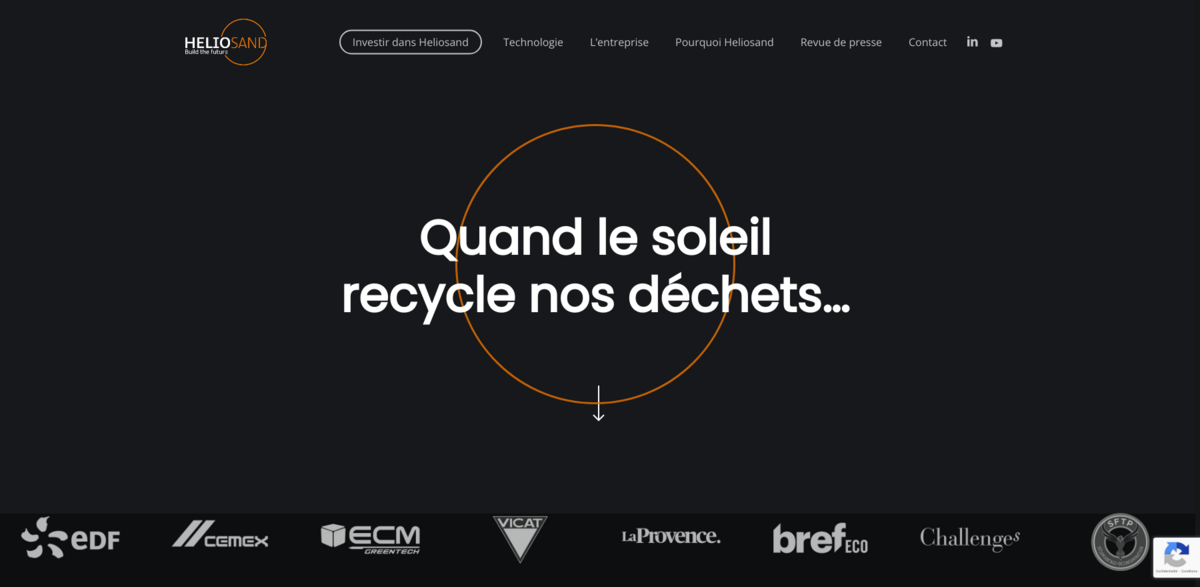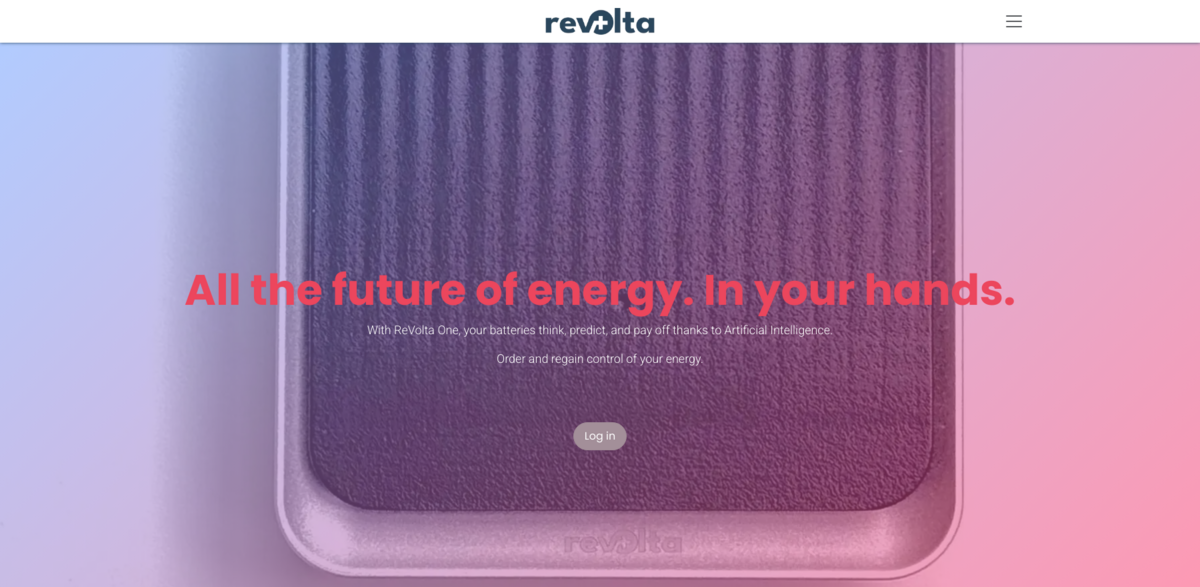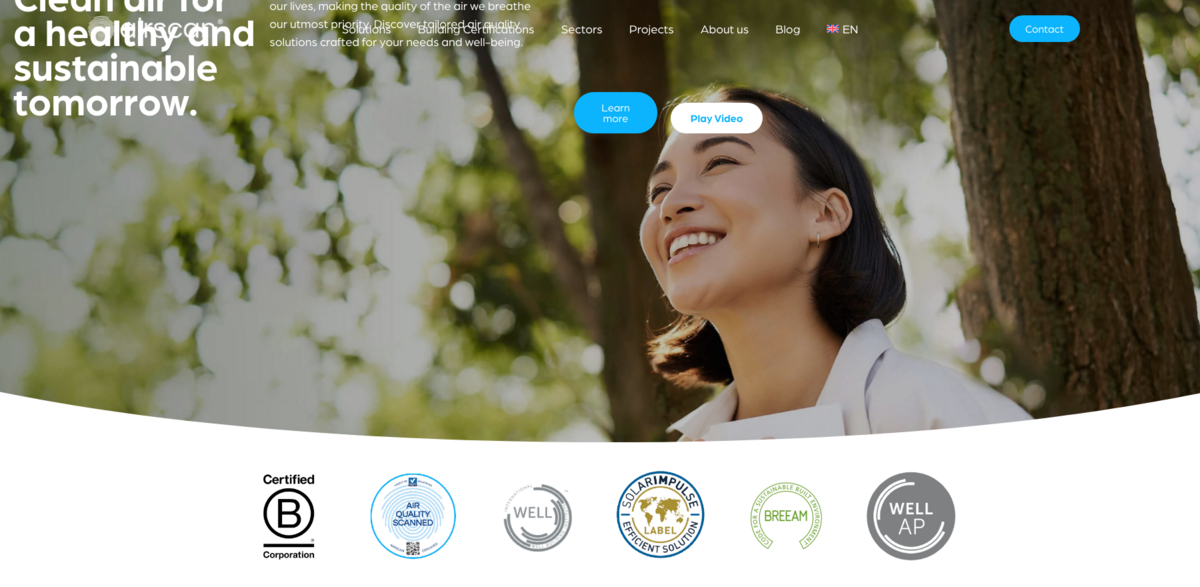What is the Heliosand Project?
Heliosand is revolutionizing waste management by harnessing the power of the sun to recycle what was once deemed non-recyclable. Using a giant solar concentrator, this innovative technology transforms industrial and mineral waste into valuable, environmentally-friendly building materials. It’s not just about recycling—it’s about creating a sustainable alternative to traditional landfilling and incineration methods. Imagine a massive solar lens, like a giant magnifying glass, focusing pure solar energy to reach temperatures as high as 4000 °C. That’s the core of Heliosand’s breakthrough, turning waste into resources and pushing the boundaries of a circular economy.
Main Benefits of Heliosand’s Technology
Heliosand’s approach offers a range of impressive benefits that make it a game-changer in ecological transformation:
- Uses concentrated solar energy to achieve ultra-high temperatures (up to 4000 °C).
- Transforms non-recyclable mineral waste into valuable building materials.
- Provides a decarbonized, economical recycling method.
- Supports a circular and sustainable economy by reducing landfill and incineration.
- Collaborates with major industry players like EDF and Vinci.
- Recognized among the top 100 companies to invest in for green technology.
The Technology Behind the Magic
At the heart of Heliosand’s innovation lies the use of massive Fresnel lenses. These lenses act like giant magnifying glasses, concentrating sunlight into an intense beam of pure solar energy. This focused heat reaches temperatures that can melt and transform industrial waste into new, useful materials. It’s a clean, renewable process that taps into the unlimited power of the sun, offering an alternative to fossil-fuel-based industrial heating. The technology is not only groundbreaking but also scalable, aiming to deploy on an industrial scale to meet growing environmental challenges.
Why This Matters for the Environment
Heliosand’s project tackles two major environmental issues at once: waste management and carbon emissions. By recycling mineral waste that was previously non-recyclable, it reduces the volume of waste sent to landfills or incinerators, which are harmful to the environment. Plus, by using solar energy instead of fossil fuels, it significantly cuts down on greenhouse gas emissions. This dual impact makes Heliosand a key player in the global push toward decarbonizing industry and promoting sustainable development.
Joining the Movement Towards Sustainability
The Heliosand initiative is more than just technology—it’s a call to action for a sustainable future. The project invites stakeholders, innovators, and environmentally conscious individuals to be part of this ecological transformation. By adopting and supporting such technologies, society moves closer to a circular economy where waste is no longer a problem but a resource. It’s about building a future where industrial processes respect the planet’s limits and contribute positively to the environment.
Heliosand’s Contribution to Sustainable Development Goals (SDGs)
- SDG 7: Affordable and Clean Energy – Utilizing solar energy for industrial processes.
- SDG 9: Industry, Innovation, and Infrastructure – Developing innovative recycling technology.
- SDG 11: Sustainable Cities and Communities – Creating eco-friendly building materials.
- SDG 12: Responsible Consumption and Production – Promoting circular economy principles.
- SDG 13: Climate Action – Reducing carbon emissions through decarbonized recycling.
Looking Ahead: The Future of Industrial Recycling
Heliosand is setting the stage for a new era in industrial recycling and sustainable manufacturing. With its cutting-edge solar technology, the project not only addresses current environmental challenges but also opens doors to future innovations in waste valorization. As industries worldwide seek greener solutions, Heliosand’s model offers a promising path forward—one where the sun’s energy powers a cleaner, more sustainable planet. The journey is just beginning, and the potential impact is enormous.





















